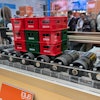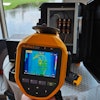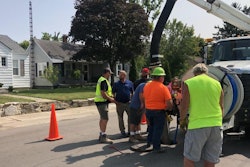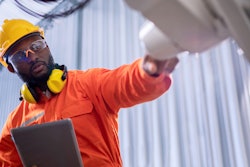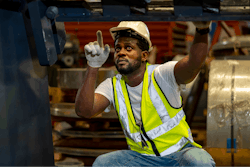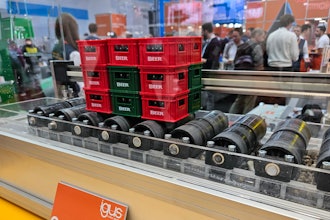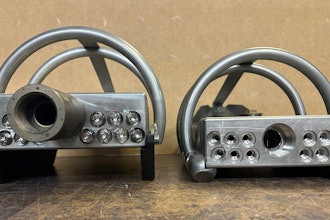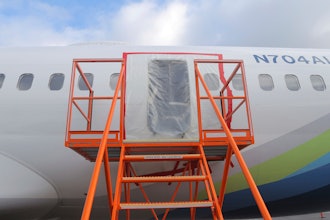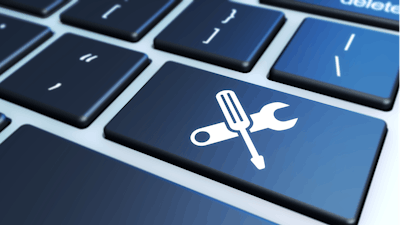
In the manufacturing and production world, scheduling is everything. Ask a production planner what is taking place on a Wednesday at 2 p.m., and you will get an answer for every production line in the facility, along with the batch number. The link between production and maintenance has been a tenuous one at times, but a CMMS (Computerized Maintenance Management System) can ease the mind of even the most clock-mindful production planner out there.
The reason that CMMS is helpful with sustainability is quite simple - it streamlines processes. The EPA says that companies are pursuing sustainability by “Increasing operational efficiency by reducing costs and waste”. By its very definition, a CMMS is working to help facilities do just that, and if it is utilized correctly, your CMMS can turn your production facility into a lean, mean, manufacturing machine.
Automation & Compliance
The first thing that automation gives to you is time. You’re no longer wasting time chasing answers, fighting scheduling, and looking for old records. Your CMMS has all of that handled for you. The fact that both preventative maintenance and inspections can be on an automated schedule that is easy to access and view is great for maintenance and production.
A production planner knows that in two weeks, a technician needs 4 hours to PM the line. The technician knows that in two weeks, he’ll have a 4-hour window to get that line back to its peak condition, so he’ll ensure his parts and planning are handled. This is the type of cohesion that production and maintenance have been actively pursuing since the birth of the machine.
Additionally, we all work under regulations. The EPA, FDA, and OSHA have a stack of regulations that we adhere to every day to keep employees and consumers safe. The regulations exist to protect everyone. When your production facility is equipped with a CMMS, your regulatory compliance is built into the platform. Inspections, safety information, and employee training are all part of the CMMS, and that means you can report on it and download the data with the push of a button.
Nobody wants to think that their facility is going to get a surprise visit from a regulatory agency, but things happen. When you need accurate records swiftly, your CMMS will deliver in the time it takes to select “print”.
Green Is The New Black
Paperless tracking of information used to frighten management, yet it has swiftly become a new favorite. You don’t need to go through reams of paper in order to have your finger on the pulse of your facility. Your CMMS is going to do what those mounds of paperwork were doing, except much more efficiently.
In addition to saving hundreds of thousands of trees and a hefty amount on office supplies, CMMS saves time and hassle. Maintenance managers can be out working with their techs and observing equipment in operation instead of filtering through thousands of records on a spreadsheet trying to ascertain when mix tank #3 last had it’s mixing blade disassembled and lubed.
The ability to confidently get out from beneath the spreadsheet is giving maintenance management a new outlook on the facility, because they’re able to get out and watch it operate instead of digging through outdated tracking systems for answers.
Production Gets Heard, Acknowledged
In the days prior to CMMS, production associates could only call the shop for a technician and cross their fingers that one would show up before the line backed up the filling machine. By utilizing the “Production Request” module, not only is a work order sent directly to the technician assigned to that particular area, it is providing a trackable work order number and all of the relevant details can be given at the time of request.
Photoeyes need to be adjusted, which can be performed as the line runs? The technician knows he can come down to the area and get it accomplished.
Inkjet machine is stating it needs a cartridge change? The technician knows it will take 20 minutes to get the machine to the shop, blow the line, and install the new cartridge. He also knows that the line cannot restart without a production date stamp, so he shows up with the spare inkjet, and production can carry on.
Keeping everything compliant and operational, that is how CMMS lends sustainability to your facility.
Talmage Wagstaff is the Co-Founder and CEO of Redlist - a cloud-based, mobile-ready app focused on communicating and sharing key plant maintenance data.
